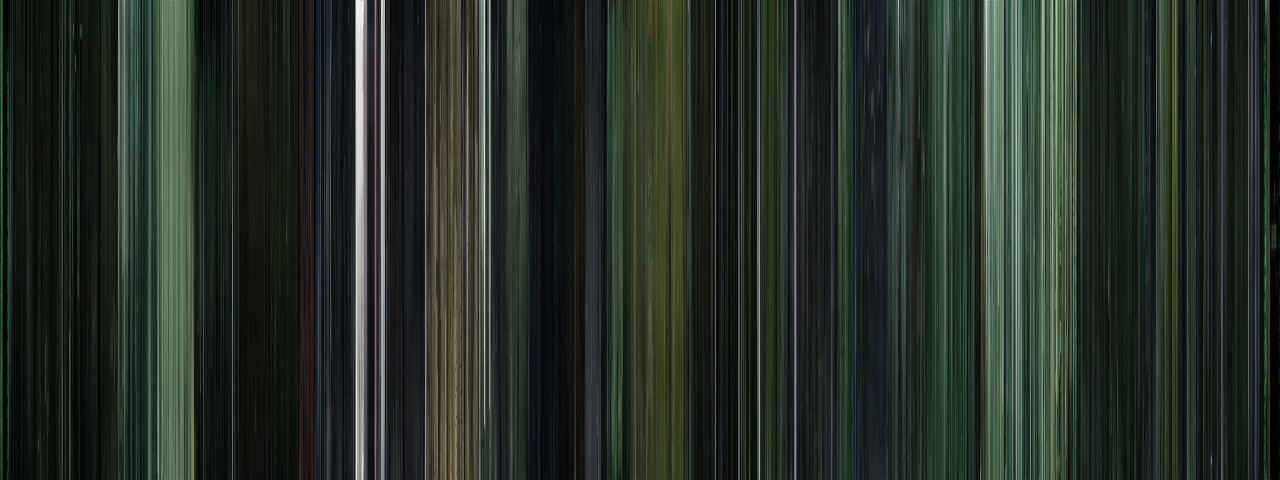If you ask me, Malcolm in the Middle is a prime example of pure intelligence in
comedic television writing that goes beyond the realm of humor. It is a show
that is not only relatable to a vast population, but also uses different
techniques to illustrate an initiative I have rarely seen. One episode that I
think portrays this idea extremely well is season 2, episode 20, Bowling.
If you are familiar with the show,
you know that it portrays a working class family consisting of husband and wife
Hal and Lois, and their four sons, Francis, Reese, Malcolm, and Dewy. Each
character has their own specific traits that create the ideal dysfunctional
family with all the mishaps and schemes you would expect and also the ones you
never would have thought of. Ultimately, it is the chronicles of a family that
is in a constant state of battle on the surface, but deep down has a strong and
unique love for one another.
I could go on and on about each
character and his or her development through the series, but instead I’m going
to focus on this one episode in particular and why I think it is so brilliant.
It starts with the entire family in the kitchen getting ready for the day.
Malcolm and Reese set the scene by asking which of their parents is going to
drive them to the bowling alley, and with that, the screen splits in two. The
entire episode is an explanation of two different scenarios and the events that
transpire because of the decision of each parent driving while the other stays
home to take care of Dewy.
It begins with Lois driving the
kids, lecturing the boys in the car about their behavior. Then there is a cut
to Hal in the car with the boys telling them how the bowling alley is a great
place to meet the ladies. The next scene has Lois entering the bowling alley
with the boys behind her looking extremely miserable and embarrassed. This shot is interesting because as they exit
the shot, without a cut, Hal and the boys reenter, with an entirely different
demeanor about them. Now I won’t go overboard by explaining every interesting
shot in the episode, because then you would be here all night, but included
were multiple shots similar to the style of this one and various split screen
moments.
As far as the plot goes, it is interesting
to see things unfold. For example, in the storyline where Lois takes Reese and
Malcolm bowling, Reese starts out flirting with a girl at the alley, but
Malcolm ends up with her. This is unlike the scenario where Hal takes them
because Malcolm begins with the girl, but neither of the boys ends up with her.
There are many similarities and differences between the two shorelines that
seem to bring the intelligence level of the show up in a way that is beyond
what you would assume. What I find most fascinating about the episode though is
that in the end, there is one final split screen with each parent on the couch
and the other entering the house. On the couch they ask how the trip went, and
the parent that took them replies simultaneously with the other, “Next time,
you take them.” And that is the end of the episode. I love the way that even by
the end of the episode, the viewer still has no idea which series of events
actually took place.
Malcolm
in the Middle is a show that I would strongly recommend. It is a witty and
relatable comedy that I think everyone should watch at least once.





